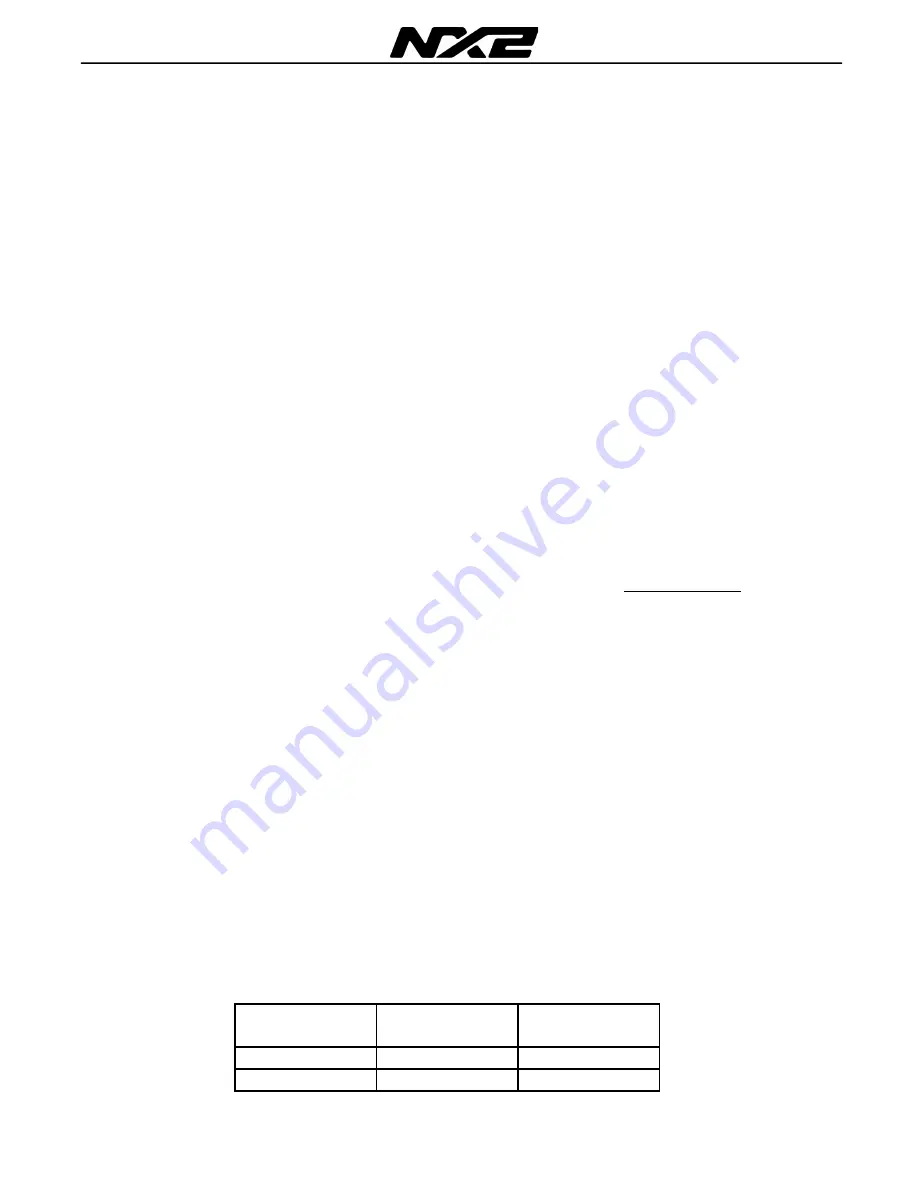
English
AUTOPILOT
8-34
9 Installation of Course Processor
9.1
Installation general
Reliable and accurate operation of an Autopilot depends more on correct installation
than any other piece of marine electronics. Please read and fully understand the
installation requirements before attempting installation.
Note! If in doubt, obtain the services of an experienced Autopilot installation
technician.
•
The installation includes 8 major steps:
1. Read the installation and operation manual.
2. Plan where to install the different parts.
3. Make the attachments needed for Pumpset and Cylinder and install them.
4. Run the cables.
5. Install the transducers and instruments.
6. Take a break and admire your installation.
7. Learn the functions and calibrate your systems.
8. Make the Dockside Testing before the Sea Trials.
Additional parts for installation:
All parts needed for installation are included, for the
Autopilot instrument and compass. For the Course Processor, Rudder Angle
Transmitter, Pumpset and Linear Drive, the following material is not supplied and need
to be sourced or made locally: safety switch, power cables, screws / bolts / nuts and
support bracket for mounting, hydraulic fittings, piping and oil. This is because most
installations differ.
9.2
Installation alternatives
This section covers installation of Autopilot instrument, Course Processor and Rudder
Angle Transmitter. For the installation of compass transducer, pumpset, linear drive,
see separate instructions supplied with each product.
You can install the Nexus Autopilot for two different applications:
•
Stand alone Autopilot application.
•
Nexus Network application, by connecting it to the Nexus Network.
9.3
Wire thickness
Important!
Use the following table to determine wire thickness. Total distance from
battery to Course Processor and distance from Course Processor to pumpset must be
used to determine the wire thickness from the table.
Cable Length
Max m (ft)
Wire Size
(mm
²
)
Wire Size
(AWG)
3 (10)
2.5
14
5 (16)
4
12






























